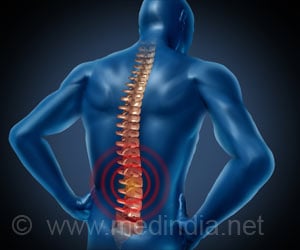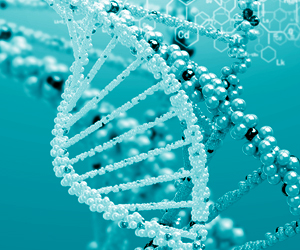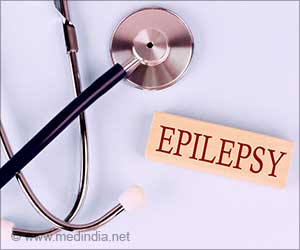US researchers have identified a key protein that is involved in the mechanism of differentiation by which stem cells “choose” to become either skeletal muscle cells that move limbs, or smooth muscle cells that support blood vessels.
The new discovery not only provides insight into the development of muscle types in the human foetus, but also suggests new ways to treat atherosclerosis and cancer, which involve the creation of new blood vessels from stem cell reserves that would otherwise replace worn out skeletal muscle.Researchers at the Aab Cardiovascular Research Institute of the University of Rochester School of Medicine & Dentistry and at the University of Texas Southwestern Medical Center say that their finding also suggests that some current cancer treatments may weaken muscle, and that doctors should begin to see whether a previously undetected side effect exists.
During the study, the researchers found that a transcription factor called myocardin—a protein designed to associate with a section of the DNA code and to turn the expression of that gene on or off—might be the master regulator of whether stem cells become skeletal or smooth muscle.
The study, published in the PNAS, is the first to show that Myocardin not only turns on genes that make smooth muscle cells, but it can also turn off genes that make skeletal muscle, making it a bifunctional, developmental switch.
“These findings could eventually lead to stem-cell based therapies where researchers take control of what the stem cell does once implanted through the action of transcription factors like myocardin, unlike current therapies that ‘hope’ the stem cell will take a correct differentiation path to fight disease,” said Dr. Joseph M. Miano, senior author of the paper and associate professor within the Aab Cardiovascular Research Institute at the University of Rochester Medical Center.
“More specifically, many diseases are driven by whether stem cells decide to become skeletal muscle, or instead to become part of new blood vessel formation. These discoveries have created a new wing of medical research that seeks to understand the genetic signals that turn on such stem cell replacement programs,” he added.
Advertisement
The research team in Southwestern did cell lineage and tracking studies, which showed them that myocardin is expressed briefly in the somite during development in mice, but then disappears from that region of the foetus.
Advertisement
Source-ANI
GAN/C








